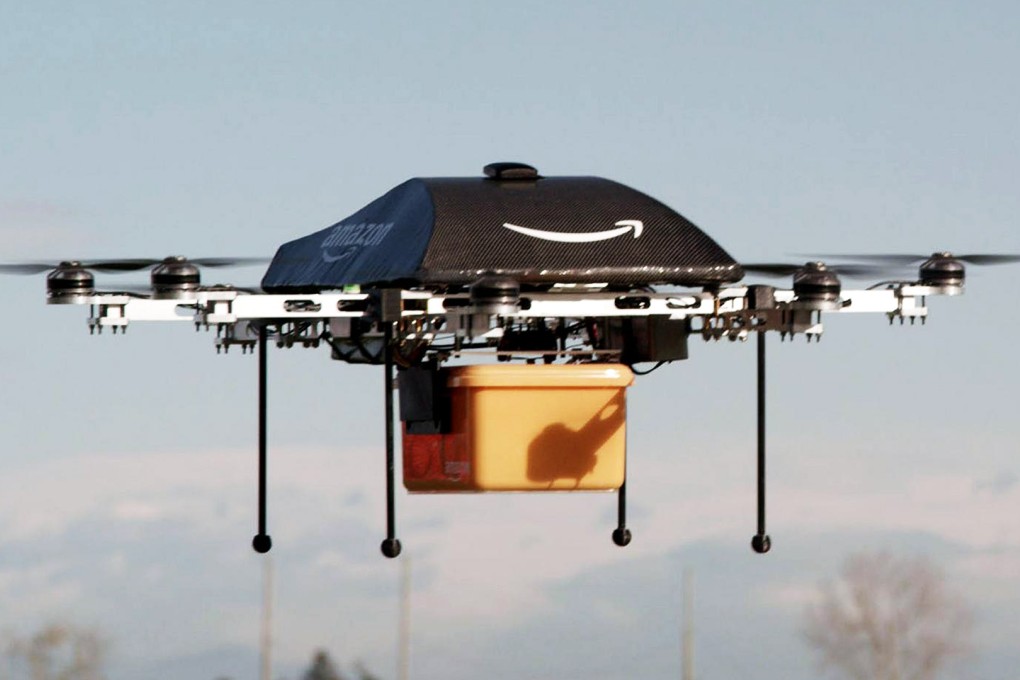Amazon’s grand plan: Clear worldwide airspace over cities for high-speed delivery drones

Amazon is proposing that a slice of airspace above the world’s cities and suburbs should be set aside for the deployment of high-speed aerial drones capable of flying robotically with virtually no human interference.
The company’s aeronautics experts propose that a 200ft (61 metre) slab of air - located between 200ft and 400ft from the ground - should be segregated and reserved for drones equipped with sophisticated communications and sensing equipment and flying at high speeds of 60 knots or more. A further 100ft of airspace - between 400ft and 500ft - would be declared a no-fly zone to act as a buffer between the drones and current conventional aircraft such as passenger and cargo planes, thus mitigating fears about the impact on manned flight or dangers posed to people on the ground.
Amazon’s plan, unveiled on Tuesday at a Nasa UTM Convention at Nasa Ames in California, sets out an audacious model for the unleashing of robots above cities and towns across the globe. At the heart of the proposal is the idea that access to the new 200ft slice of airspace would only be granted to those drones equipped with technology that allowed them to fly safely and autonomously.
“The way we guarantee the greatest safety is by requiring that as the level of complexity of the airspace increases, so does the level of sophistication of the vehicle,” said Gur Kimchi, vice-president and co-founder of Amazon’s delivery-by-drone project, Prime Air, who addressed the Nasa meeting. “Under our proposal everybody has to be collaborative - vehicles must be able to talk to each other and avoid each other as the airspace gets denser at low altitudes.”
At present there are about 85,000 conventional flights a day in the US involving commercial, cargo, military and general aircraft. Amazon believes that within a decade that number will be dwarfed in the US and globally by unmanned drones flying at low altitudes.
In two new position papers, the online retail company lays down the architecture of a new airspace for drones. It calls for a “paradigm shift” that will allow hundreds of thousands of small unmanned aircraft to fly under their own technological steam without the current involvement of humans through air traffic control.